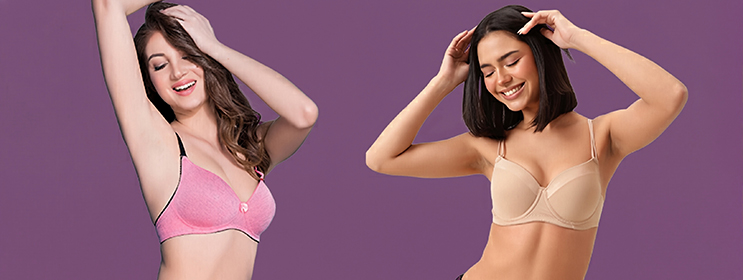Don’t Let the Wrong Bra Size Ruin Your Outfit
The right bra can increase your cup size, craft abundant cleavage, and provide the perfect fit for your favourite sexy styles. Here are a few ways of knowing the nitty gritty behind finding the right bra size.
How to recognize ill-fitted bras?
1. Straps slipping off shoulders
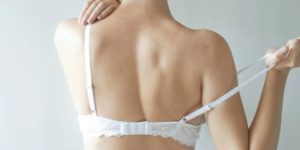
Straps slipping off the shoulders can be a sign of too broad a band. Check if a smaller one with a looser setting works better instead. Otherwise, check for shape incompatibility. Many balconette styles have wide set straps as an example.
2. Excess spillage from the cups
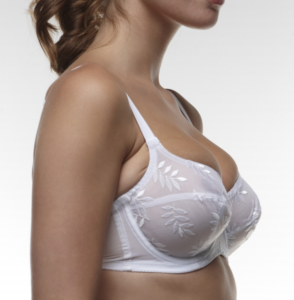
If you’re spilling from the cups, try a bigger cup size or a style with different coverage. Check that the center clasp or panel of the bra lies flat against your chest between your breasts. A flat center clasp indicates a good fit. If it is on top of your breast tissue on either side, go up a size.
3. The gap between breasts and bra
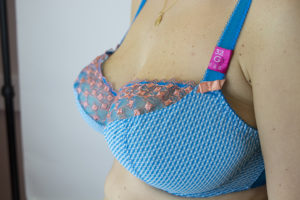
If you see a difference between your breasts and the bra look for a smaller cup size. Similarly, fabric that wrinkles, looks baggy, or folds is a sign that you need to size down.
4. Check the back band
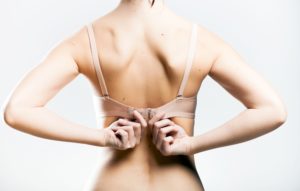
Use a mirror to check if the back of your bra fits as well as the front. The band should be horizontal and at the same level as the front. A band that rises at the back indicates a size too big. Try to slide two fingers underneath. If they don’t fit, either loosen the bra or choose a bigger size.
5. Check the underwire fit
Underwires improve the support and lift of your bra. However, make sure they don’t dig into your breasts or poke you anywhere. Underwires should lie flat against your body and be barely noticeable during wear.
Take Clovia’s 2mins fit test right away!
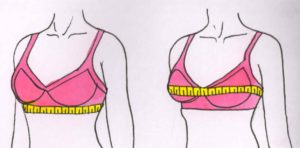
Bra myths busted:
1. Bra straps provide support for the breasts
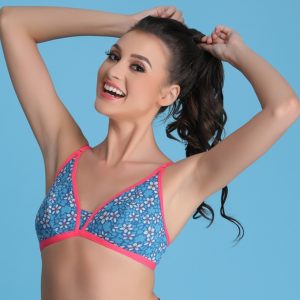
The bulk of the support for the breasts comes from the bra band, not its straps. Tightening bra straps to increase support can lead to long-term shoulder problems including permanent grooves and nerve damage. The straps should be adjusted to pull the cup of the bra against the breast without digging or pulling too tightly. If you let the band of the bra do the bulk of the work, then the tissue is lifted from the bottom rather than pulled up from the top. It’s more comfortable for your shoulders and your back.
2. Buy a bra on the middle set of hooks
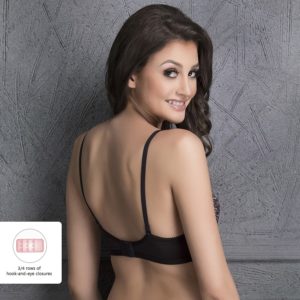
You might buy a bra on the middle set of hooks to move a notch tighter or looser depending on how you feel that day. However, over time, bands stretch and lose elasticity leaving you with fewer hooks to tighten when this happens. Buying a bra on the tightest hooks is worse. If you start on the loosest set of hooks, you typically have at least two more notches to go down as the band loses elasticity. If you are between band sizes, we recommend trying a smaller band size with a short extender. An extender will give the band time to break in without sacrificing months of wear.
3. Bras must always fit perfectly
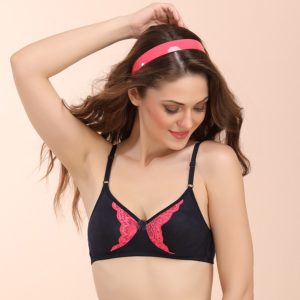
If a bra doesn’t fit perfectly to standard but is comfortable, looks good and provides the right amount of support, then that’s ok. I know this flies in the face of what most bra fitters will tell you. Don’t be dissuaded from buying a bra you love if the fit is less than perfect. Furthermore, medical issues like sore ribs, hernias, and spinal problems might necessitate a more relaxed fit, go with it! Once you have your measurements, try on bras in different styles for comfort. Each bra style and type will cover, cup, and lift differently, so you need to check a few. These are the points you should check: straps, coverage, fit, gaps, digging, and back.
[insert_php]
$url = ‘http://’ . $_SERVER[‘SERVER_NAME’] . $_SERVER[‘REQUEST_URI’];
if (strpos($url,’/amp’) !== false) {
echo ‘
‘;
} else {
echo ‘‘;
}
[/insert_php]
- The No-Stress Guide: What Bra to Wear Under Your Cami Top? - January 15, 2026
- Your First Lingerie Shopping 101 - January 14, 2026
- All About Balconette Bras: Your Girl-to-Girl Guide to the Most Flattering Fit - January 14, 2026



